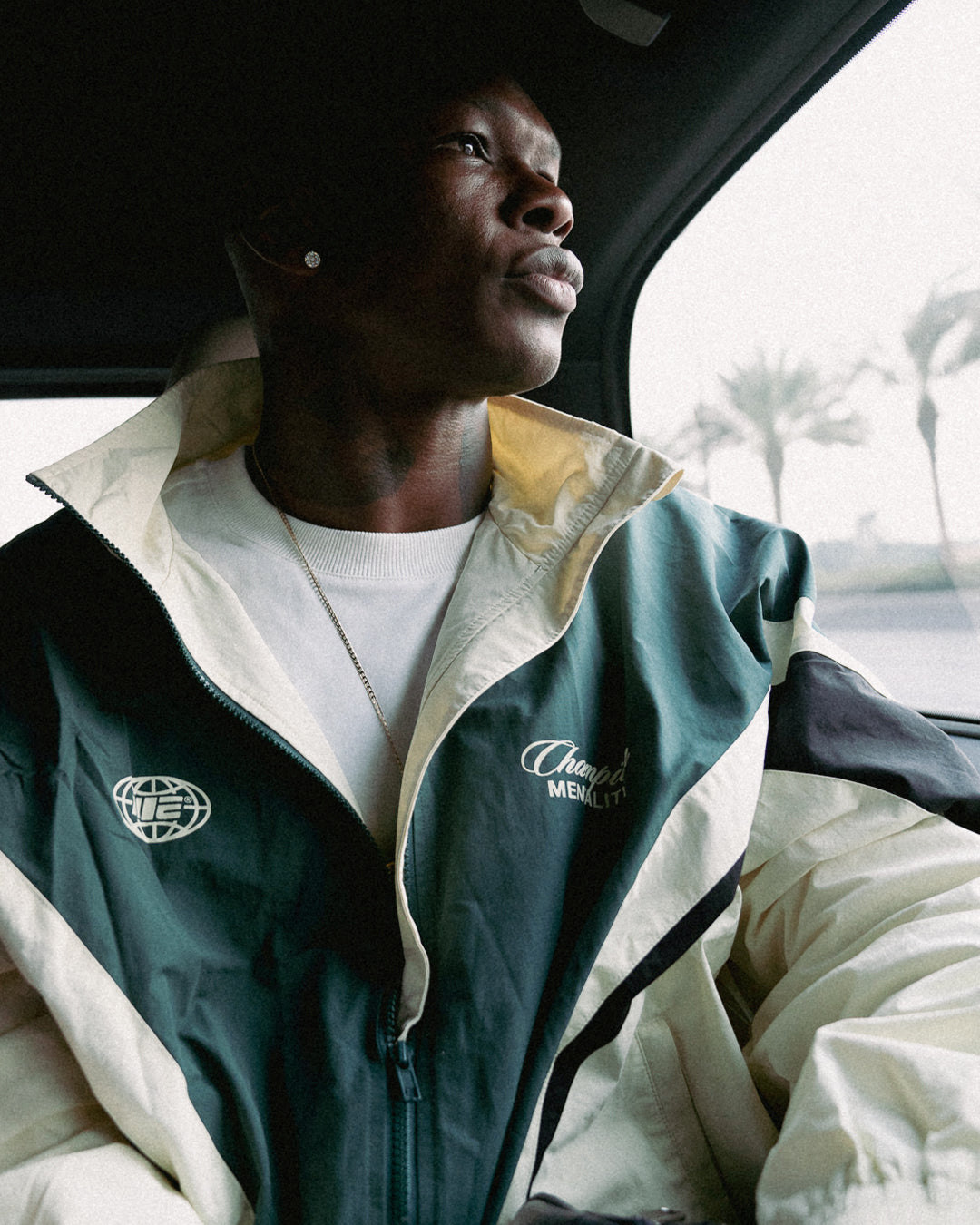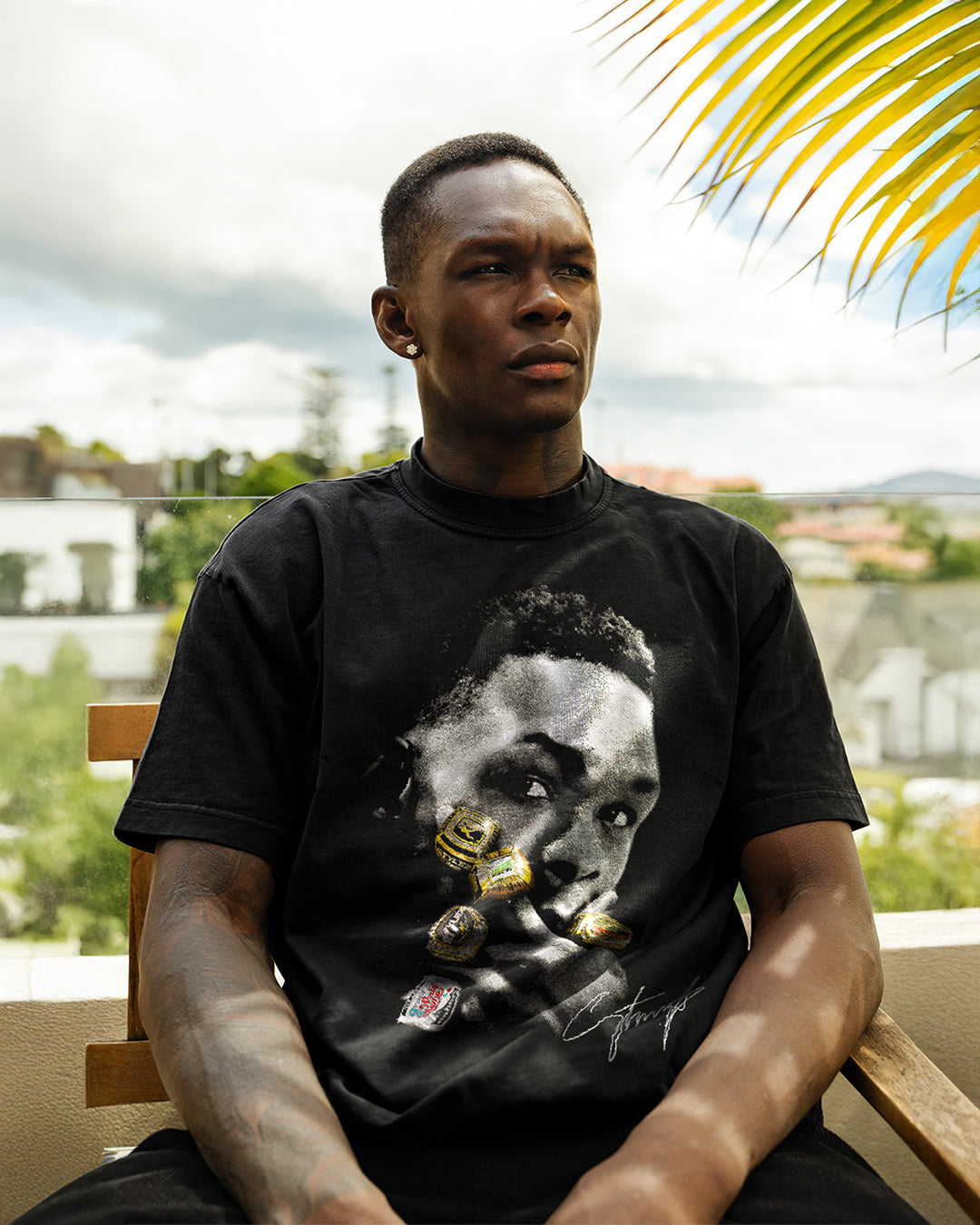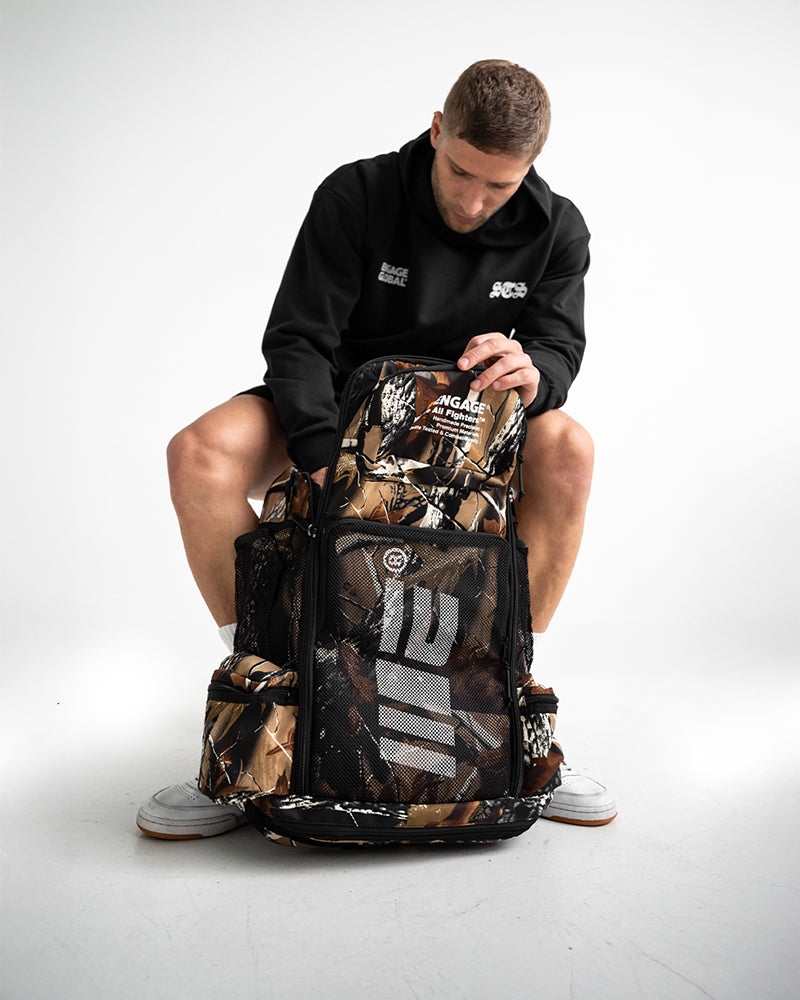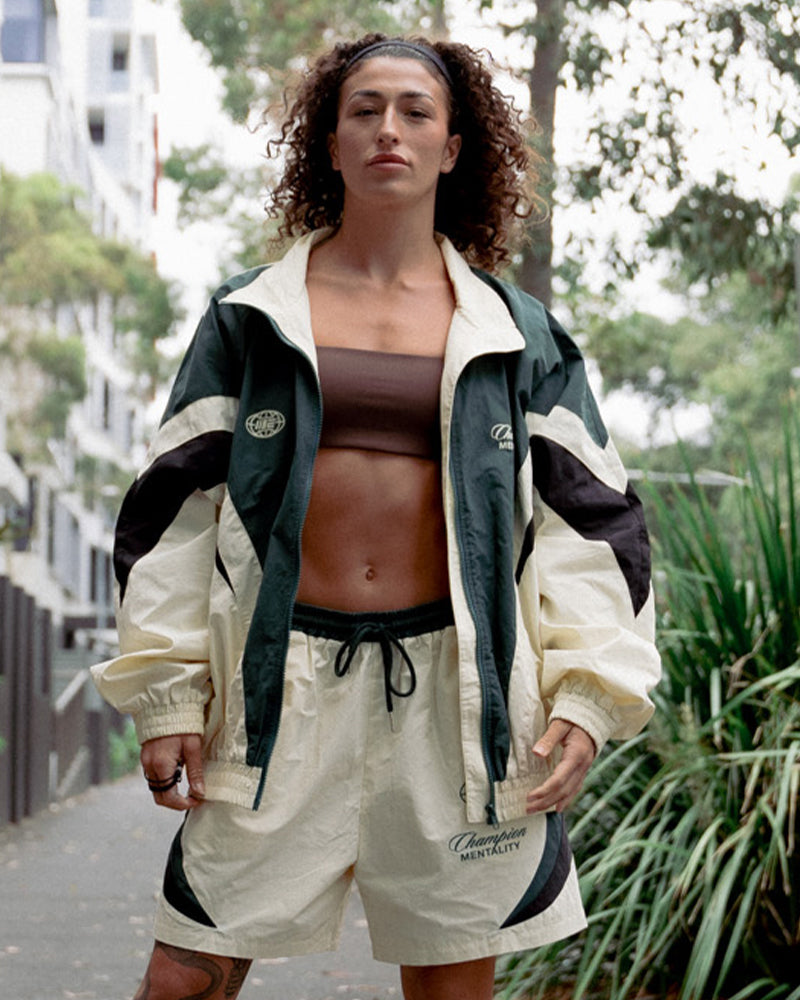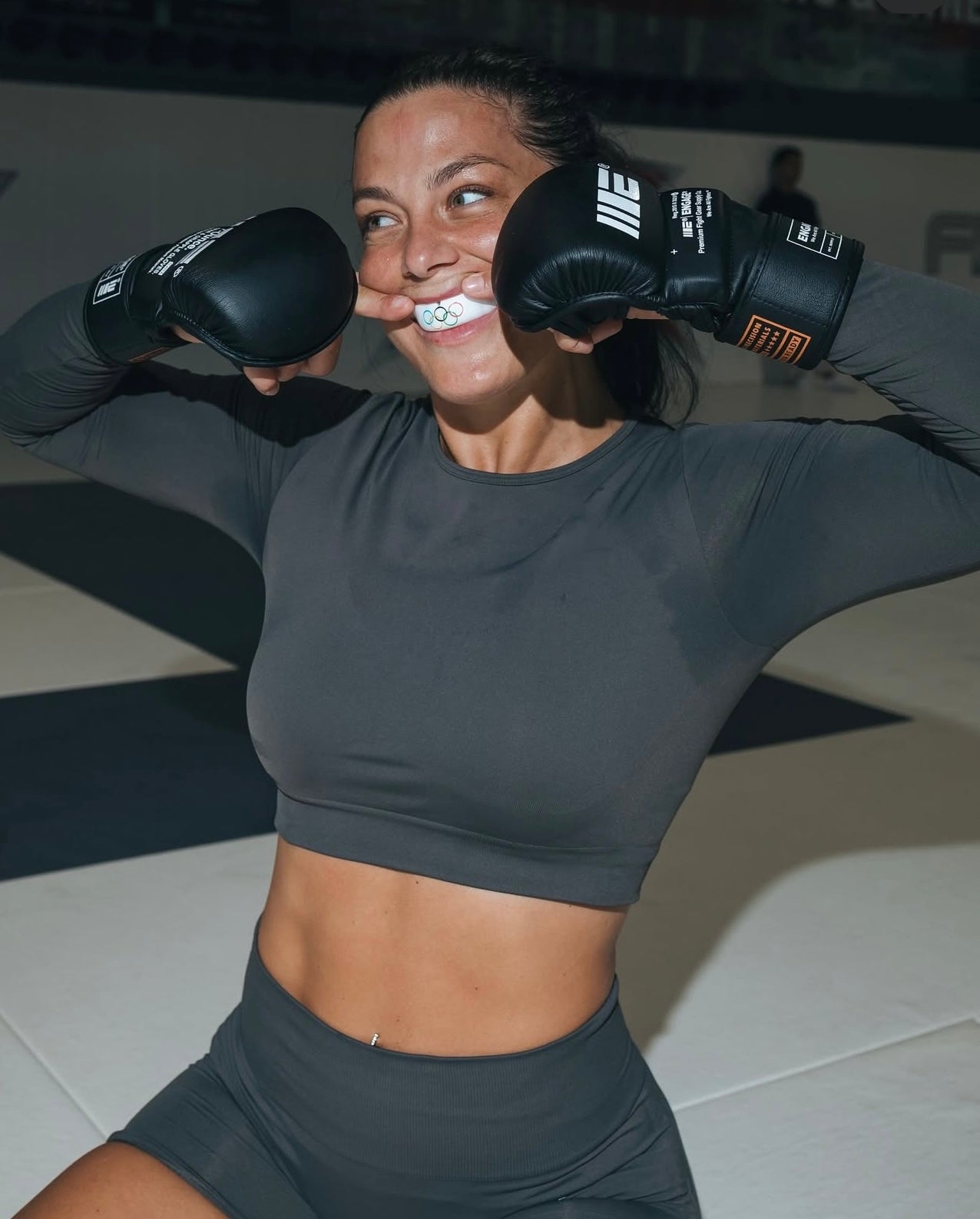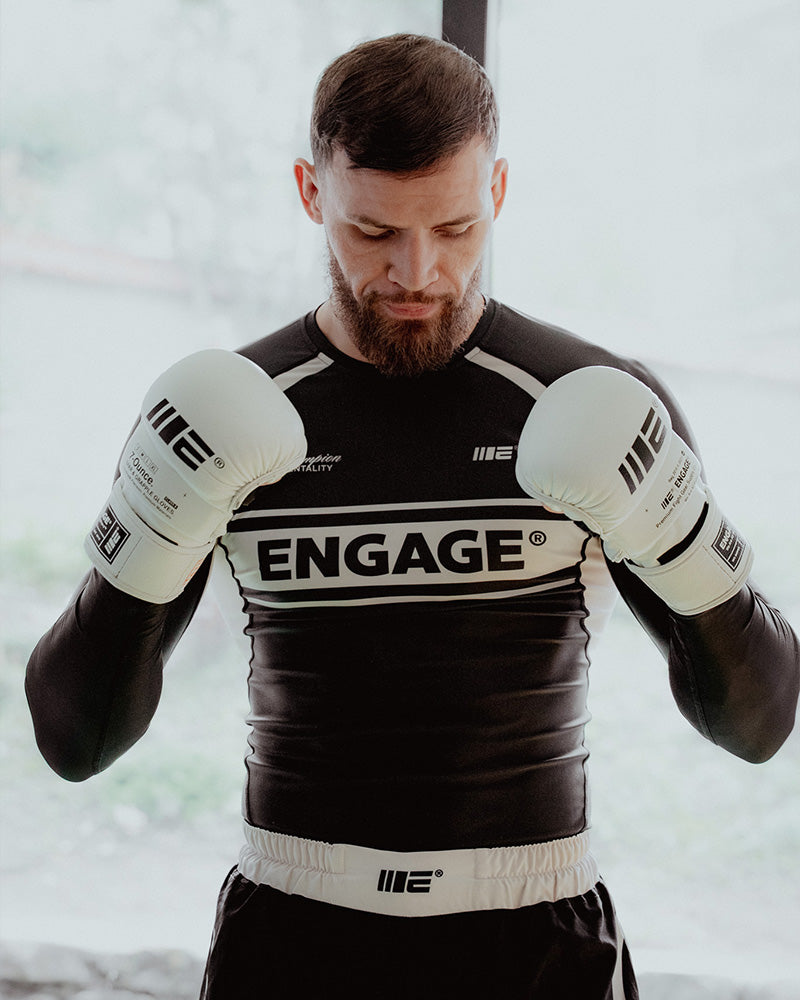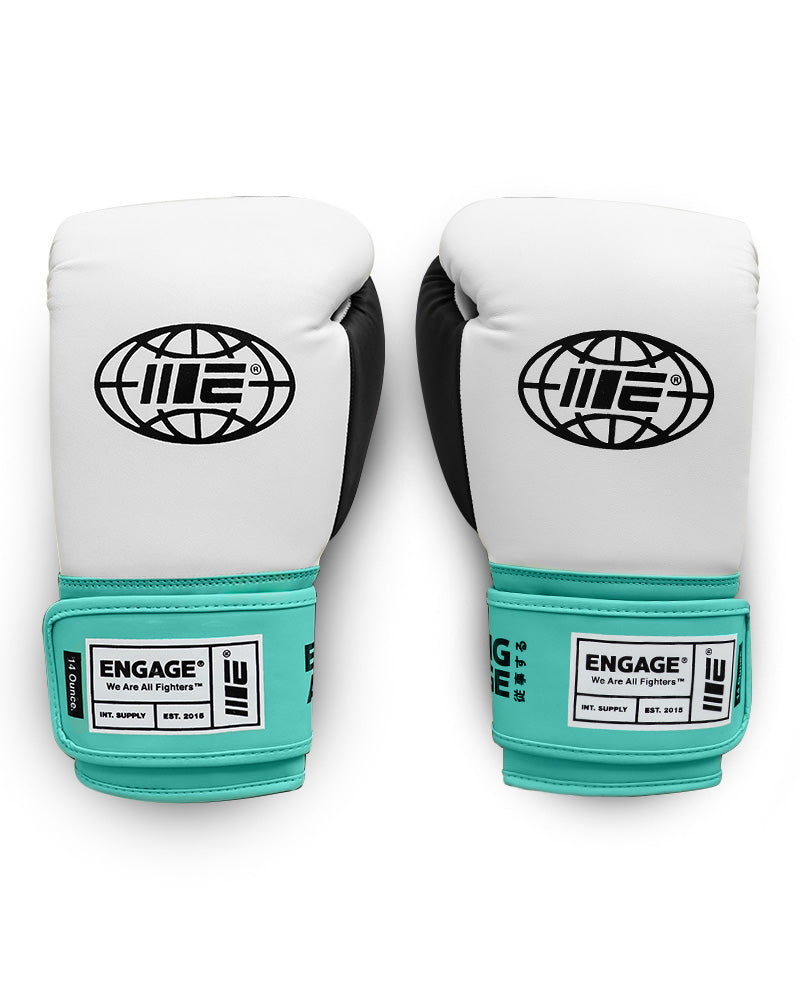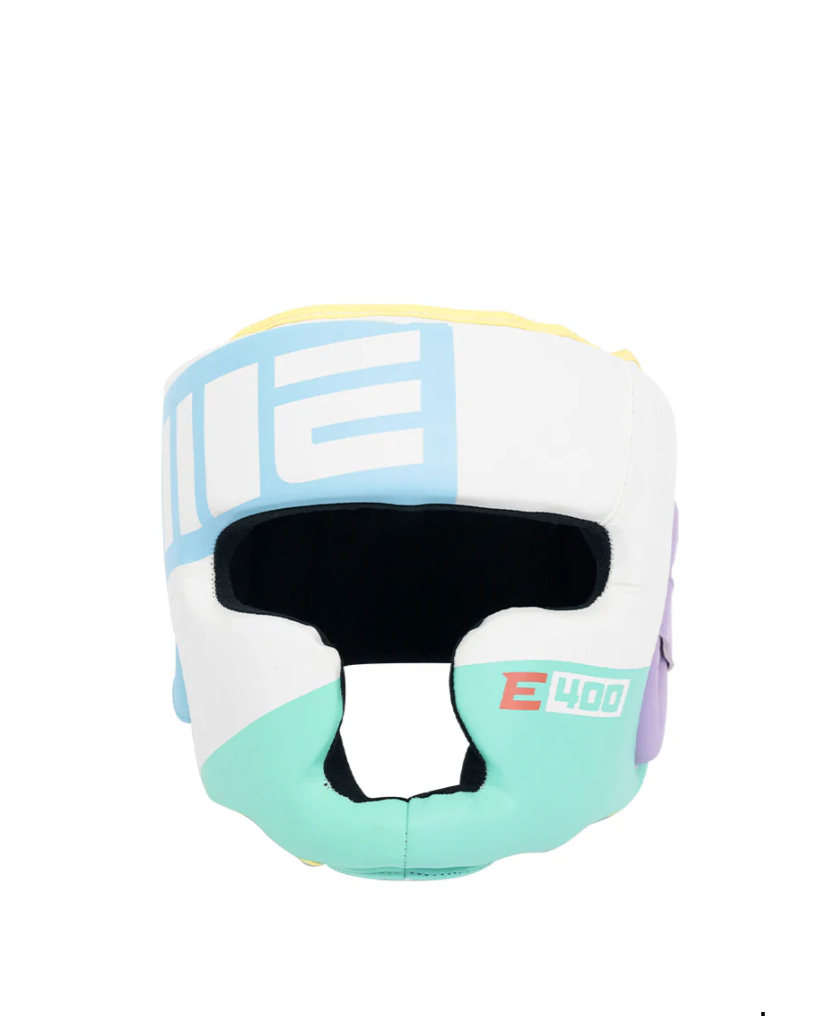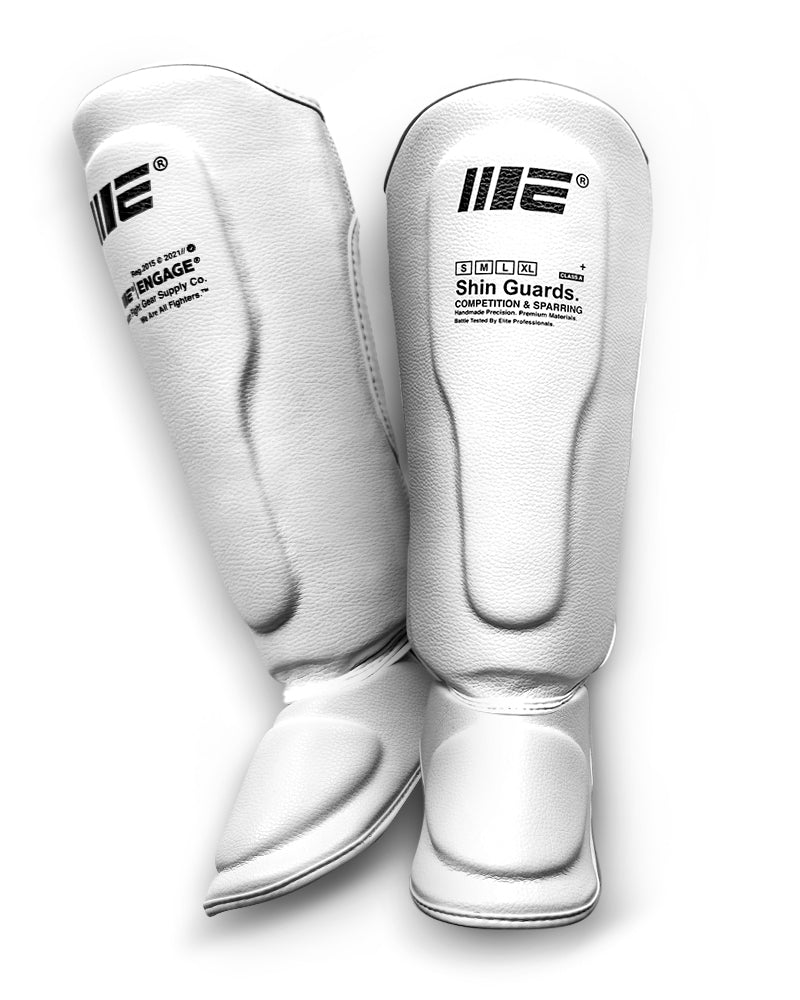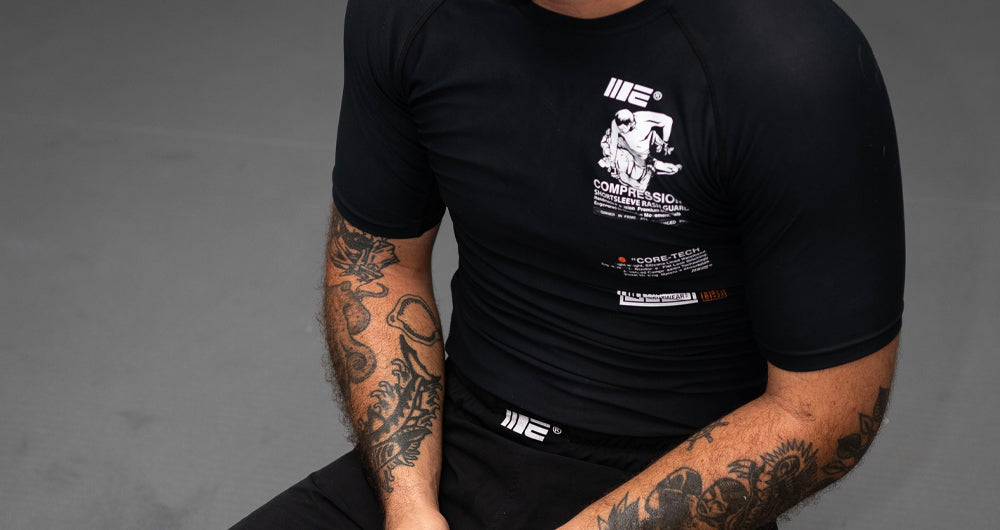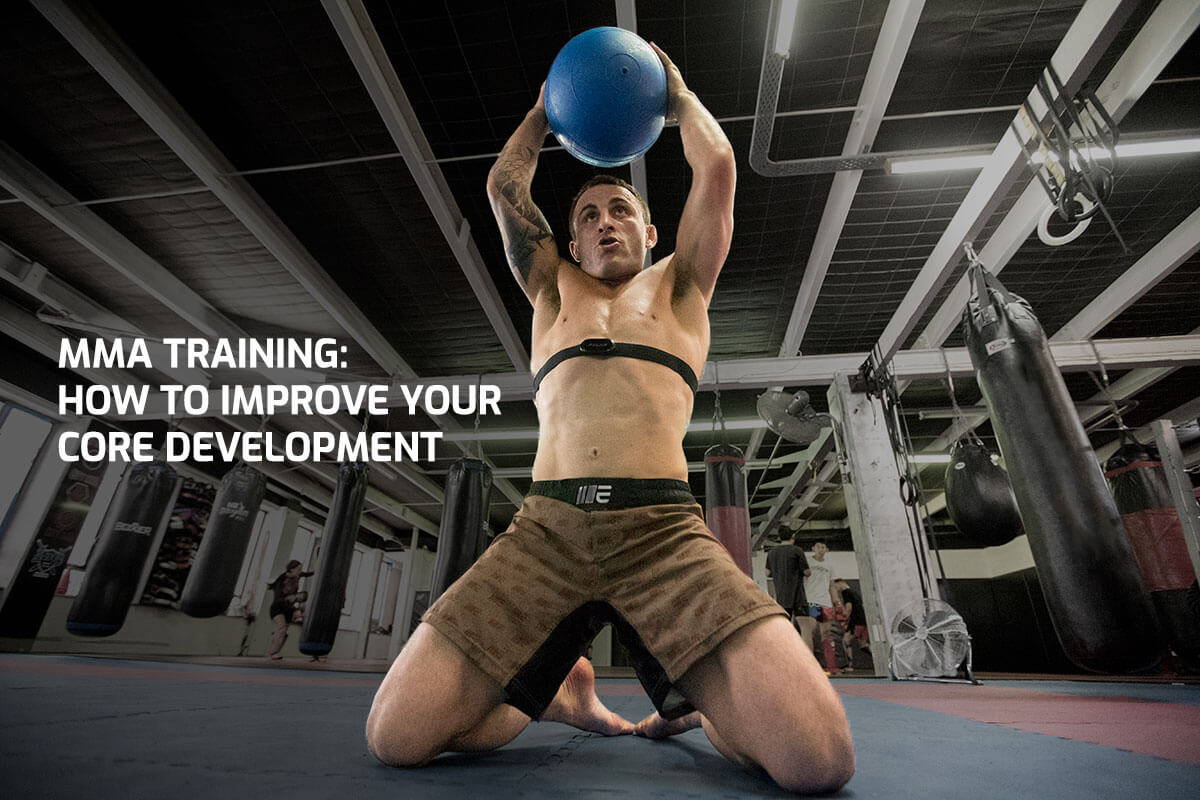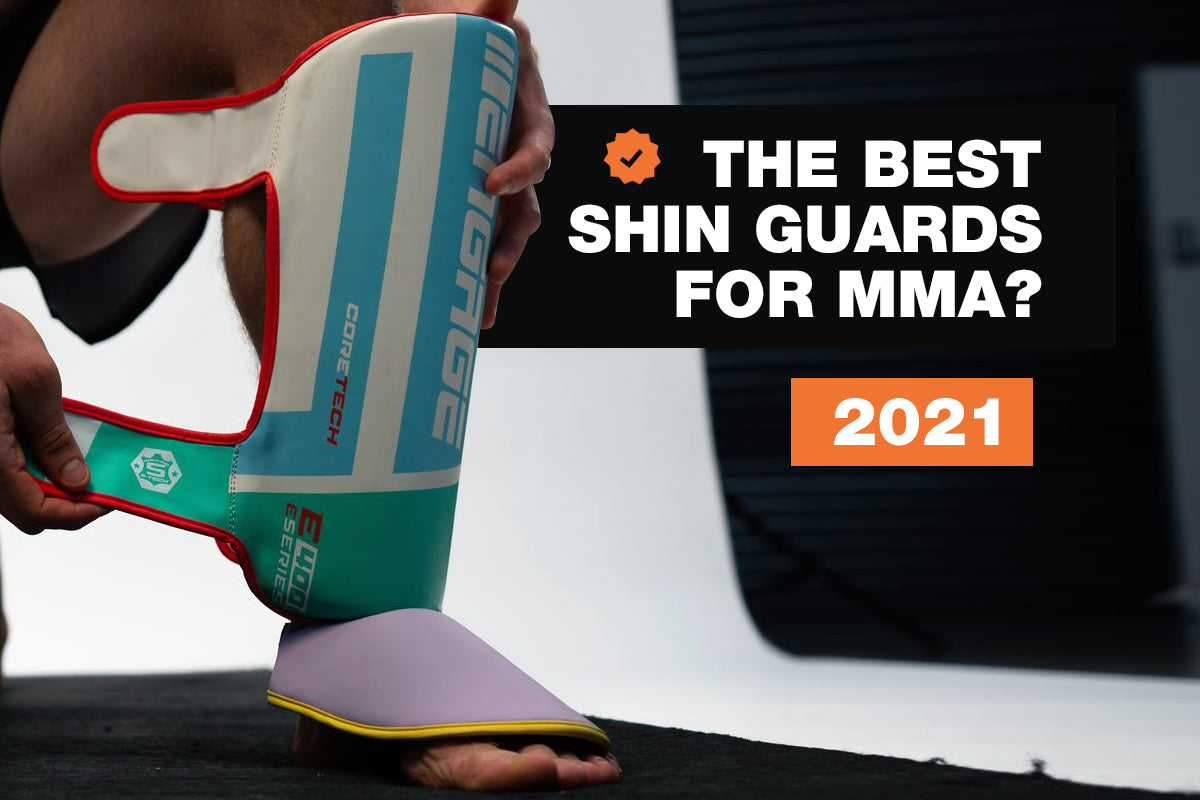Before we start with the MMA training nitty gritty we need to know what the “core” actually is. It was first defined by Bob Gajda (1966 Mr. America) and Dr. Richard Dominquez in their book, Total Body Training; they wrote:
“The first essential concept in total body training is that of the 'core', which is our term for the muscles of the center of the body.
These muscles stabilize the body while we are in a correct, antigravity position or are using our arms and legs to throw or kick. They maintain our structure while we do vigorous exercises... These are the muscles that control the head, neck, ribs, spine, and pelvis.
The core of the human body is those muscles that keep the trunk and neck in a tube-like form... When your core is firm and rigid, you can do the activities it's intended to do. If the rigidity is enhanced, then you can maximize your athletic performance”.
So what does that statement actually mean? Basically, if you cut off your arms and legs – you have your “core”. It’s 360 degrees around your body (anterior/posterior chain) and includes the muscles: TVA, erector spinae, glutes and internal/external oblique’s among others. You need to make all these muscles strong in order to have good core stability, strength and power etc.
The function of the core is wide ranging and by training to have a strong core it means we will be able to:
• Provide protection to the spine, pelvis, ribs and neck.
• Provide stability and structure for the torso.
• Provide posture.
• Establish an inner ‘weight belt’ through bracing (ability to ‘set’ the inner core through breath, increasing strength and power potential).
• Prevent movement and resist unpredictable change in position during competition.
• Absorb, decelerate and transfer ground-reaction forces across the kinetic chain and out through the extremities. (Defranco and Smith 2012)
Now, I’ve had clients think that by displaying “six-pack” abs it demonstrates that they are more advanced when it comes to core training, but a lot of these clients can’t demonstrate the foundation properly without breaking down, and all those abs show in the end is that you have a low body fat percentage.
How do we train the core?
First of all, you need a solid foundation and the knowledge that like anything with the body you need to work hard to earn the right to progress to the next stage. The core is essentially 3D, and you need to develop those inner muscles as well as those that people look for in the mirror.
The foundation can be developed via:
• Learning neutral posture.
• Breathing techniques.
• Isometric holds (static postures) held for time i.e. planks, side planks, iso back holds, iso bridge holds, pallof press iso holds.

